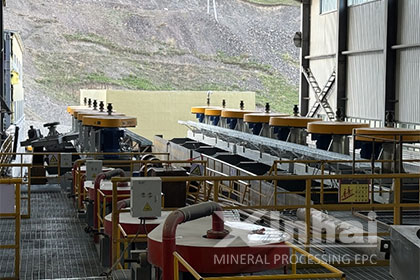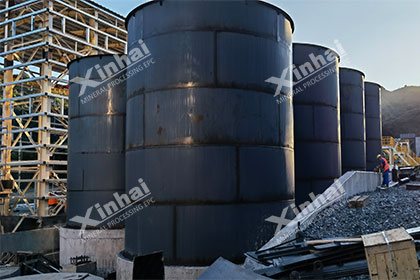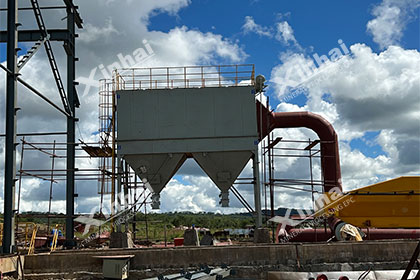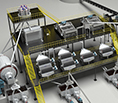Detailed Introduction to Copper Ore Processing Methods
 zeki
zeki
 Oct 31, 2025
Oct 31, 2025
 396
396
If you want to know more details about equipment, solutions, etc, please click the button below for free consultation, or leave your requirements!

Chilean 700tpd copper plant
Copper ore processing is a complex and precise industrial process with the core objective of gradually enriching and refining low-grade raw ore extracted from the ground into high-purity metallic copper through a series of physical and chemical methods. This process primarily follows the principle of "crush more and grind less, float first and smelt later." Below is a detailed introduction to copper ore processing methods.
01 What is Copper Ore?
BackCopper ore typically consists of aggregates of copper sulfides or oxides with other minerals. It reacts with sulfuric acid to form blue-green copper sulfate. Among metals, copper has excellent electrical conductivity, second only to silver. Copper is diamagnetic. Regarding native copper ore, its processing methods differ significantly from common sulfide or oxide ores. Native copper refers to minerals where copper exists in its elemental metallic form. The core concept for processing it is "physical separation as the primary method, supplemented by chemical recovery."
02 Main Copper Ore Processing Methods
Back(1) Gravity Separation
This is the oldest, most effective, and lowest-cost method for treating native copper ore, especially suitable for coarse-grained disseminated native copper.
Principle: Utilizes the density difference between native copper and gangue minerals. In water or medium flow, they experience different forces of gravity, centrifugal force, and medium resistance, thus achieving separation. Dense native copper settles quickly to become concentrate; less dense gangue is washed away as tailings.
Applicable Stage: Mainly treats coarse, liberated native copper particles in the ore.
Process Flow: Raw Ore → Crushing → Screening → Gravity Separation → Copper Concentrate.
Advantages: No chemical reagents, environmentally friendly, low cost, simple process.
Disadvantages: Low recovery rate for fine particles or native copper closely associated with gangue.
(2) Flotation
When native copper is finely disseminated or associated with sulfide minerals, flotation serves as an important supplementary or dominant method.
Principle: Utilizes the hydrophobic (oleophilic) nature of the native copper surface. By adding collectors (e.g., xanthates, dithiophosphates), the surface becomes more hydrophobic. Frothers are then added, and air is introduced into the pulp to create bubbles. Hydrophobic native copper particles attach to the bubbles and rise to the pulp surface, where they are skimmed off as concentrate; hydrophilic gangue remains in the pulp.
Key Points:
Native copper itself has a certain natural floatability.
However, due to its malleability, it can form "copper flakes" or "copper scraps" during grinding, which may coat other mineral surfaces or undergo oxidation, interfering with the flotation process. Therefore, the selection of grinding fineness and mill type is crucial.
Applicable Stage: Mainly treats finely disseminated native copper, or ore associated with sulfide copper minerals.
Advantages: High recovery rate for fine-sized minerals.
Disadvantages: Requires chemical reagents, higher cost than gravity separation, and may involve wastewater treatment issues.
(3) Combined Flowsheet
In actual production, a combined gravity-flotation flowsheet is often adopted to maximize recovery rate and economic benefits.
03 Equipment Used in Copper Ore Processing
BackStep 1: Crushing
Jaw Crusher
Cone Crusher
Vibrating Feeder
Step 2: Grinding
Ball Mill
Classifier
Hydrocyclone
Step 3: Beneficiation
Flotation Machine
Thickener
Filter (e.g., Vacuum Filter, Filter Press)
04 Other Auxiliary Methods
BackHand Sorting / Optical Sorting: If the native copper crystals in the ore are very coarse (up to centimeter scale), direct manual hand sorting or optical sorting can be performed before or after crushing. This is a highly efficient method.
Magnetic Separation: If the gangue contains magnetic minerals (e.g., magnetite), magnetic separation can be used to remove them, serving to purify the concentrate.
05 Conclusion
BackFor processing native copper ore, gravity separation and flotation are the two core physical beneficiation methods. The most economical strategy is "use gravity separation where possible, resort to flotation where gravity separation is difficult." In practical industrial projects, the combined gravity-flotation flowsheet is the most commonly used and effective solution for treating native copper ore. It allows for the maximum recovery of native copper across different size fractions, achieving optimal resource utilization and value maximization.
 +86 183 3575 8886
+86 183 3575 8886 pinklaurabao@gmail.com
pinklaurabao@gmail.com



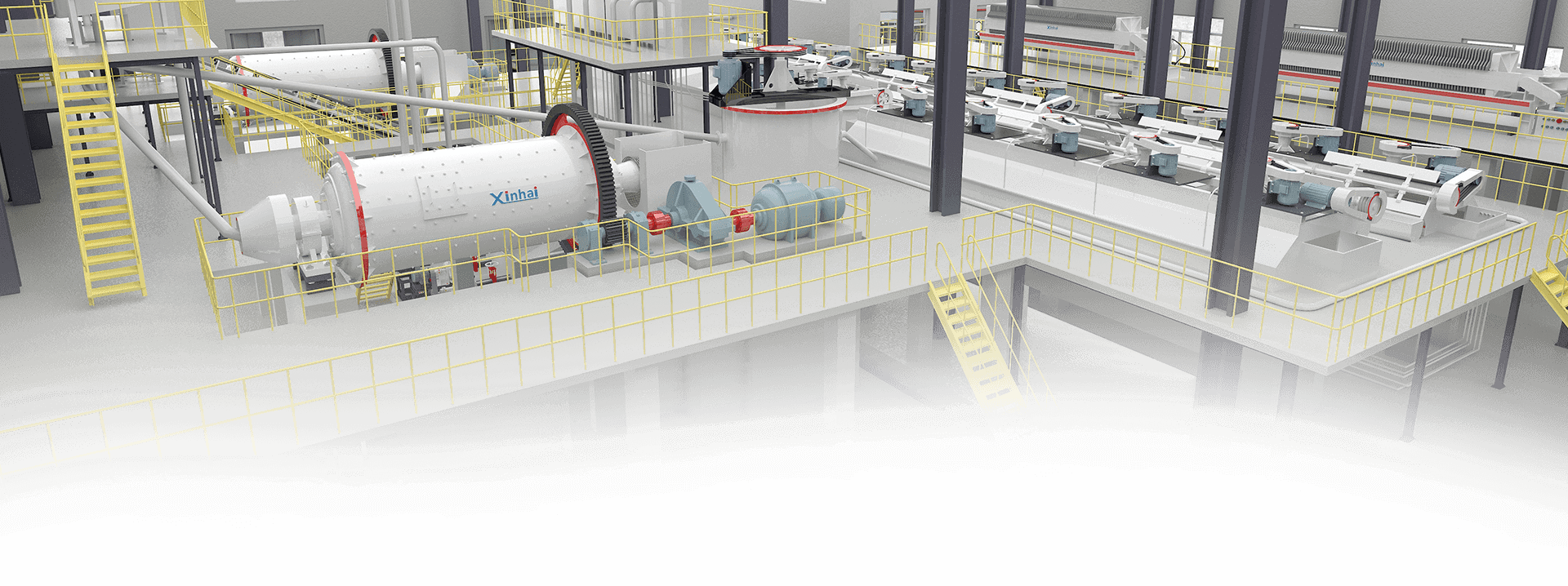
 Message
Message Chat Now
Chat Now


